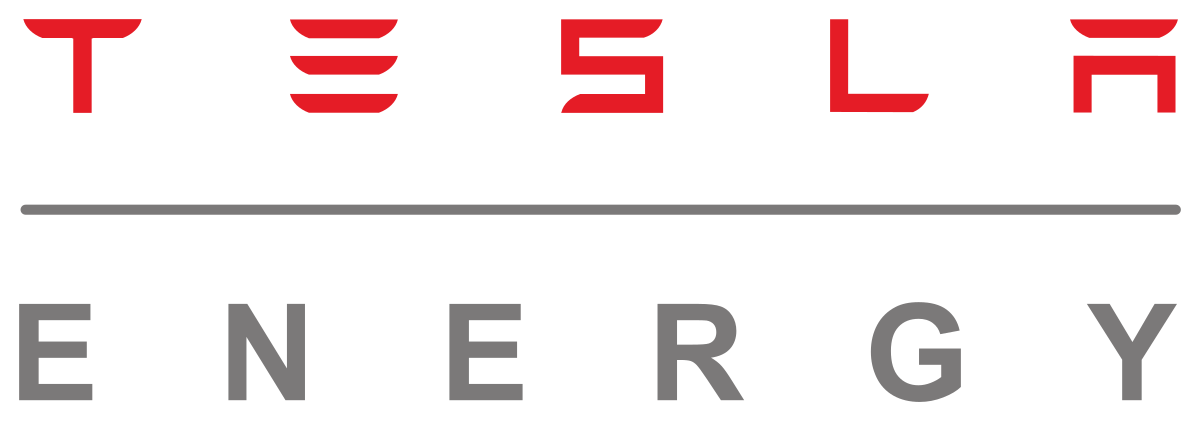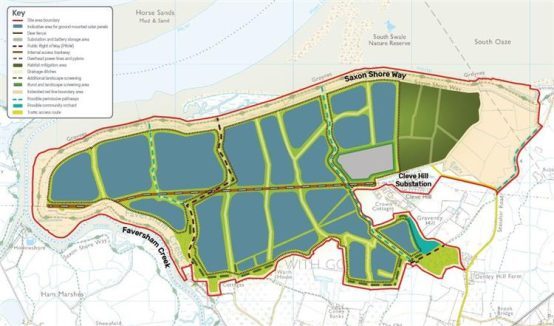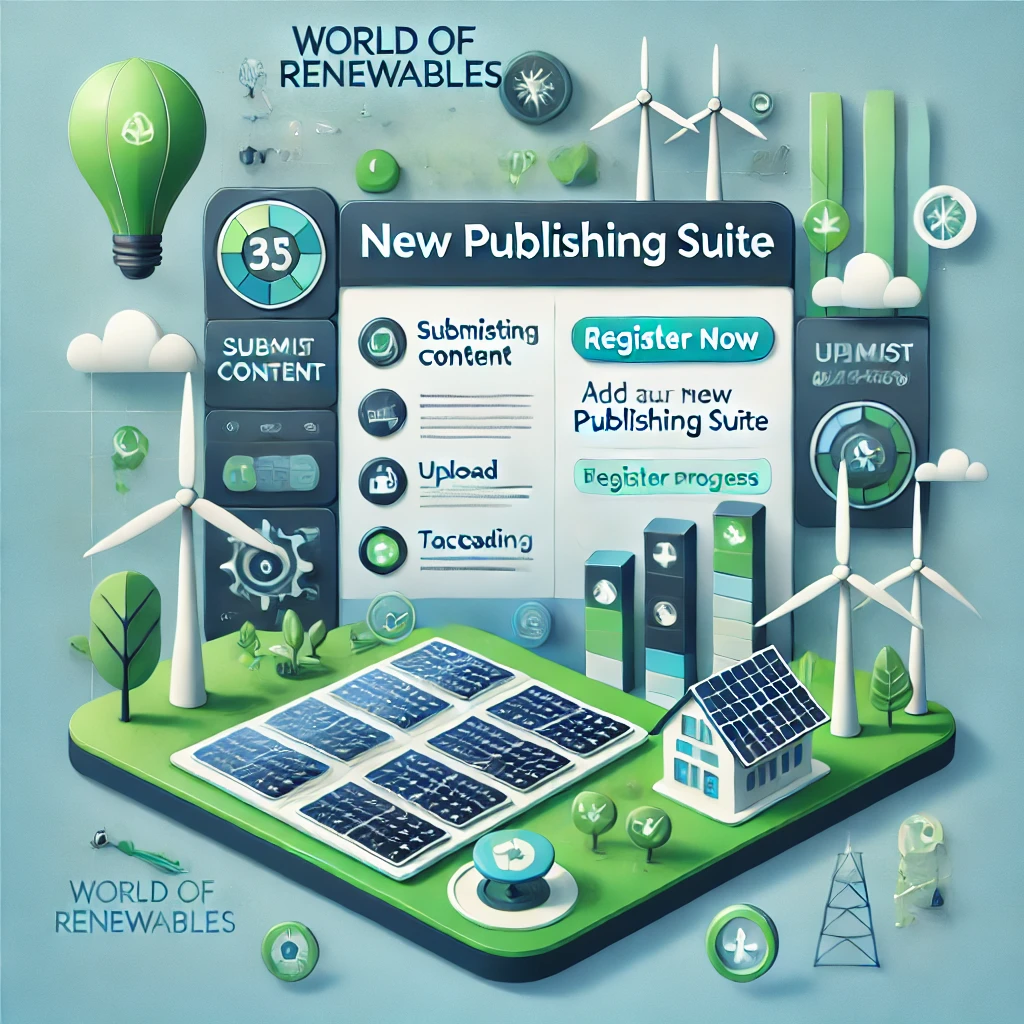Today, the Secretary of State for Business, Energy and Industrial Strategy (BEIS), Alok Sharma has granted development consent for the UKs largest solar scheme – Cleve Hill Solar Park, located on the north Kent coast one mile from Faversham and less than 60 miles from central London.
Cleve Hill Solar Park Limited (CHSPL), a joint venture between Wirsol Energy Ltd. and Hive Energy Ltd., has developed plans for Cleve Hill Solar Park, which will generate up to 350MW of clean renewable electricity to power over 91,000 homes, making it the largest solar park in the UK. The project won’t require any Government subsidies and aims to be one of the lowest cost generators of electricity in the UK. It will also provide over £1 million of revenue to Swale and Kent Councils each year for the lifetime of the project.
The decision comes at an important time with the UK becoming the first major economy to pass law to bring all greenhouse gas emissions to net zero by 2050. The consensus is that action on climate change is needed now. Cleve Hill Solar Park offers a low cost, safe and low carbon way of delivering clean power to thousands of homes.
This is no ordinary solar park. The Cleve Hill Solar Park is a pioneering scheme which will deliver significant benefits to the low carbon economy and environment. The project provides an exemplar scheme to demonstrate Britain’s low carbon technological ingenuity.
Technical ingenuity of Cleve Hill Solar Park
Through its efficient design of orientating panels east west, the Cleve Hill Solar Park will be able to generate more clean power throughout the day, enough to power all of the homes in Swale and Canterbury combined. East west orientated panels capture more energy in the morning and evening when demand is higher and have a flatter profile through the middle of the day. For Cleve Hill Solar Park this will result in 44% more electricity generation than the same site with south-orientated panels1.
1 This calculation is based on CHSPL irradiation analysis which estimates that the location will accommodate 330 MW in east-west orientation (exporting 313 GWh/Year), but only 178 MW in a south-facing orientation (exporting 217 GWh/Year).
The consented project includes proposals for one of the world’s largest energy storage installations. The UK is currently lagging behind other countries in its battery storage capabilities. New storage technologies reduce the problem of meeting peaks in demand, and dampen wholesale price volatility, back up solar and wind intermittency, and open up the prospect of the electrification of transport.
The developers have produced an Outline Battery Safety Management Plan which has been consulted on and agreed with the Health and Safety Executive and Kent Fire and Rescue Service.
A boost to the low carbon economy
Creating green jobs and scaling renewable energy schemes are some of the measures the Government are prioritising as part of the nation’s green recovery. The £450 million Cleve Hill Solar Park will create direct and indirect permanent jobs, contributing to the £12 billion low carbon electricity sector which supports 47,000 jobs with more in supply chains2. The developer has produced an ‘Outline Skills, Supply Chain and Employment Plan’ to help secure local economic benefits from the solar park and offer jobs such as site management staff and contract opportunities. A project of this scale will enable a transfer of sector-based knowledge and skills, increase local energy security and boost the local supply chain.
2 ONS (2016) Low Carbon Economy and Renewable Energy Economy Survey https://www.ons.gov.uk/economy/environmentalaccounts/bulletins/nalestimates/2015results
Environmental benefits
The Cleve Hill Solar Park will significantly contribute to climate change abatement by generating up to 350MW of clean renewable solar power, saving 68,000 tonnes of CO2 emissions every year. The developers have also worked with local stakeholders to deliver significant local environmental benefits in the design of the scheme, including:
– a dedicated landscape and biodiversity management plan which will achieve a 65% increase in biodiversity net gain on site through plans including an open meadow area, likely to be one of the largest areas of meadow in south-east England;
– 56ha of specially managed habitat being set aside for overwintering birds, which has been designed in consultation with RSPB, Natural England and Kent Wildlife Trust;
– measures to reduce visual impact to neighbouring properties including 4km of native hedgerow planting to screen the site;
– agreement with the Environment Agency to align with its managed realignment programme to return the site to marshland in the future.
Since 2017, the developers have consulted with several stakeholders, including the authorities of Swale, Kent and Canterbury and their communities to design the solar park in response to consultation feedback. Hugh Brennan of Hive Energy says:
“This is a solar park that responds to the need to deliver more clean, renewable energy technology in a way that is smart and sustainable. From the start the project team have consulted continuously with local stakeholders and we would like to express our gratitude for the collaborative efforts of the local authorities, stakeholders and the community who have provided their feedback to help shape the design of the solar park. Our work doesn’t stop here, and we will continue our dialogue with these stakeholders to ensure the safe and responsible delivery of the scheme.”
Simon McCarthy of Wirsol Energy says:
“This is a landmark renewable energy scheme and the first to be classified as a Nationally Significant Infrastructure Project and enter the DCO planning regime. As part of this process we have undertaken a robust environment impact assessment and a thorough consultation process; we would like to thank all stakeholders who have engaged with this process and contributed to the project’s development. Through this engagement, and in collaboration with the UK’s leading consultants, we have been able to develop a pioneering green energy scheme of the very highest standards.”
Particular thanks go to: The project’s planning lawyers, Pinsent Masons, who led on the DCO application; Arcus for the Environmental Impact Assessment; Counter Context for the communications and consultation support; New Stream Renewables energy consultants; ITP Energised for grid connection and electrical engineering support; CMS (property), Gateley Hammer and Curtins.
The developers will now continue to work with the local authorities, stakeholders and communities to carry out their obligations to consult on and discharge conditions in anticipation of the start of construction, due to commence in Spring 2021. The green energy scheme is planned to be operational by April 2022, delivering a fast response to our urgent climate and clean energy needs.
More information about the proposals can be found on the project website: www.clevehillsolar.com










